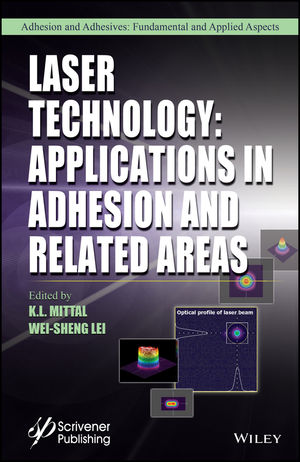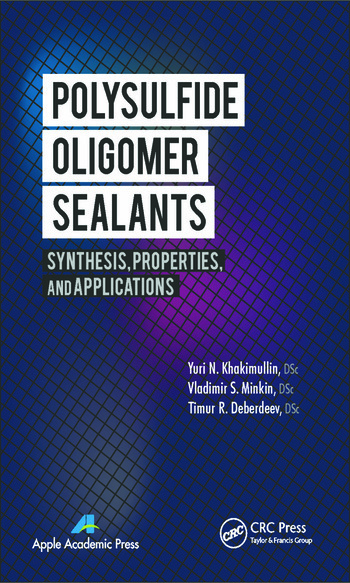High-Performance Adhesives for Automotive Applications

The applications for adhesives in the automobile industry are as many and varied as the adhesive technologies themselves. Adhesive bonding is increasingly replacing conventional joining techniques such as welding, riveting or bolting. This not only increases safety but also simplifies many production operations, thus enhancing cost efficiency. Every stage of production of an automobile, whether for nonload-bearing body components or structural parts, uses adhesives, sealants and surface treatment products in one form or other. They are deployed in the manufacture of body components, engines, gear boxes and mounted parts such as wing mirrors, seats and steering wheels where these require pretreatment, adhesive bonding or coating.
Optimum Preparation for Coating and Bonding
The individual body parts of an automobile have to be carefully cleaned of dirt, dust and other foreign matter and then properly prepared for the subsequent painting operation. Only in this way can optimum paint adhesion be ensured and corrosion reliably prevented. In addition to the appropriate cleaning agents, Henkel also offers constantly updated, optimized pretreatment processes adapted to the requirements of its partners in the automobile industry. And with car producers moving more and more toward mixed bodies for light automobile constructions, Henkel has developed a two-stage pretreatment process that allows the two materials employed to be pretreated in sequence, thus avoiding sludge waste. Moreover, smaller amounts of chemical are required, which in turn renders the process more efficient, safer for employees and also more ecologically compatible.
High-Performance Adhesives for Lightweight Constructions
Of particular importance are those adhesives that make today’s standard lightweight construction of automobiles possible. Increasingly light composites based on carbon or glass fibers are being used for the manufacture of motor vehicles. Adhesives are often the only possibility for joining disparate materials such as metals, plastics or glass to one another. Depending on the material, different adhesives may be required. The use of composite materials contributes to a reduction in the overall weight of the automobile and thus to a reduction in CO2 emissions.
Up to 15 Kilograms of Adhesives in Each Automobile
The adhesive-bonded joints in the body offer a number of benefits: adhesives increase the stiffness of the automobile, seal seam joints, reduce the number of welds required and make cars more corrosion resistant. In addition, special adhesives used in body manufacturing and final assembly contribute to reducing both noise and weight. “Up to 15 kilograms of adhesives may be used in each car,” says Dr. Stefan Kreiling, Head of Product Development Automotive Europe at Henkel. Even safety-relevant, high load transfer components, for example the vehicle front end or mounted accessories, can be adhesive-bonded. However, the adhesives must be able to meet the high demands of the application, including, for example, ensuring a long-term durability factor of 15 years.
The Right Solutions for Maintenance and Repair
Of elementary importance for the durability of machinery is the ability of the installed components to withstand stressing such as that caused by vibration, thermal expansion in the materials and major temperature fluctuations. The comprehensive portfolio of solutions available from Henkel encompasses products for the maintenance and repair of everything from windshields to mechanical components and bodies. With every repair, parts of the vehicle invariably have to be re-sealed. Henkel therefore also provides sealants which, when applied, exhibit no difference to the original appearance. And where bolted joints have to be reliably secured, the Loctite brand from Henkel offers high-performance liquid thread-locking compounds that are easy to use and reliably prevent any loosening of the fastened connection.
For more information, visit www.henkel.com.
Looking for a reprint of this article?
From high-res PDFs to custom plaques, order your copy today!







